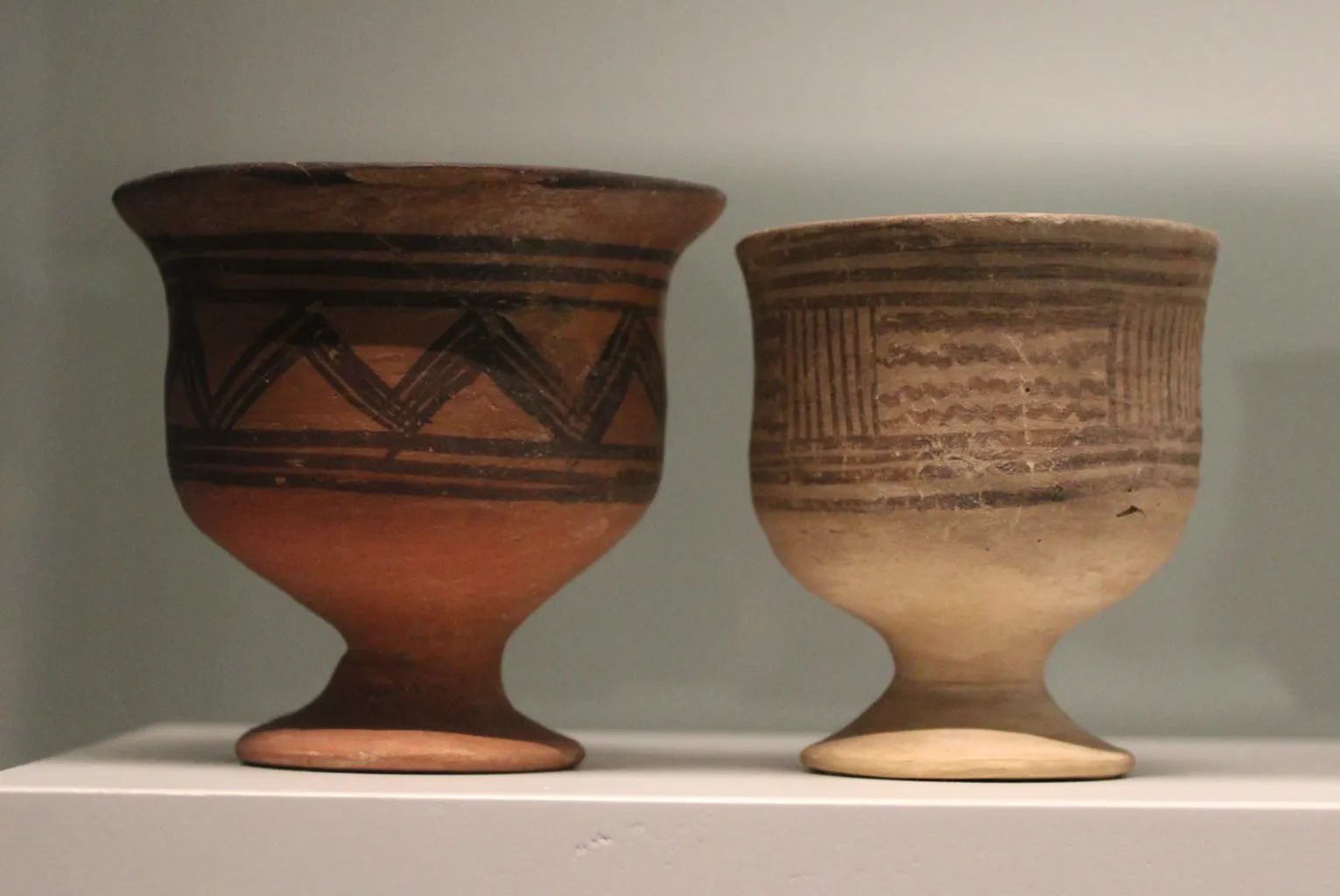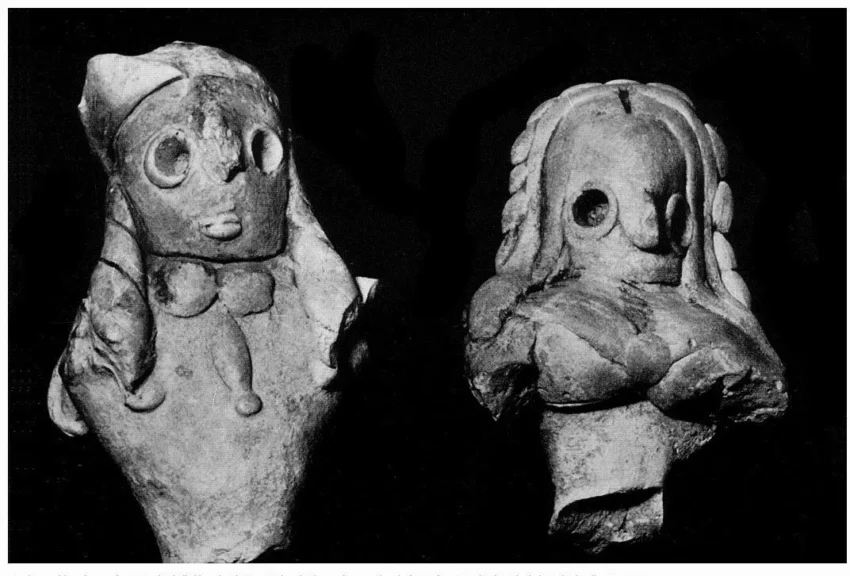Unveiling Mundigak: A Journey Through Afghanistan’s Ancient Urban Center
Mundigak, a captivating archaeological site located in Kandahar province, Afghanistan, whispers tales of a bygone era. This bustling Bronze Age center, flourishing under the Helmand culture, offers a glimpse into the remarkable evolution of human civilization.
Get your dose of History via Email
Stepping Back in Time: Historical Significance of Mundigak
Mundigak’s significance lies in its role as a prominent prehistoric town. Imagine a thriving community dating back to the 5th millennium BC! French archaeologist Jean Marie Casal meticulously excavated the site in the 1950s, revealing a mound that once stood an impressive nine meters tall. Interestingly, Mundigak wasn’t an isolated settlement. During the later 3rd millennium BC, it interacted with distant regions like Turkmenistan, Baluchistan, and even the Early Harappan Indus Valley, showcasing the interconnectedness of ancient cultures.
Unearthing the Past: Archaeological Excavations
The French Archaeological Mission, led by the dedicated Jean Marie Casal, embarked on a series of ten excavation campaigns between 1951 and 1958. Their meticulous work unveiled layer upon layer of settlements, each whispering its own story. Atop Tépé A, the highest point of the city, archaeologists discovered a palace and urban areas, hinting at the organized structure of this ancient community.
A City Takes Shape: New Research and Findings
Recent studies have shed new light on Mundigak’s fascinating story. They’ve divided the site’s occupation into four distinct periods, tracing its journey from its humble beginnings to a full-fledged urban center. The evidence suggests continuous development, culminating in the emergence of significant urban structures around 2900 BC. Imagine a bustling city with a grand palace and a temple complex – a testament to the advanced social organization of its inhabitants!

From Humble Beginnings to Urban Grandeur: Periods I to III
The earliest layers, dating back to the 5th millennium BC, paint a picture of a nascent settlement. Here, archaeologists unearthed evidence of evolving residential buildings and distinct ceramic styles. Fast forward to Period III, and Mundigak had transformed into a densely populated area with small houses and even geometrically patterned seals, hinting at a developing artistic expression.
A Transformation: Period IV and Urbanization
A remarkable shift occurred during Period IV. Mundigak blossomed into a full-fledged city, complete with a grand palace and a temple complex. These monumental structures highlight the advanced social structure and potentially centralized leadership of this era. While there’s no evidence of writing yet, the presence of such a sophisticated urban center hints at a highly organized and well-developed society.
Echoes of the Past: Decline and Later Periods
Around 2200 BC, both Mundigak and another significant site, Shahr-i-Sokhta, witnessed a decline. The reasons behind this remain under investigation, but the once-vibrant city experienced a reduction in population. There’s evidence of brief reoccupation in later periods, and Period V, although poorly preserved due to erosion, still hints at some level of building activity.
Across the Indus Valley: Indus Valley Connections
Mundigak’s story doesn’t exist in isolation. Excavations have unearthed artifacts that bridge the gap between this ancient city and the Indus Valley civilization. These include ceramic figurines strikingly similar to those found at Indus Valley sites, suggesting a vibrant cultural exchange across vast distances during the 3rd millennium BC.
A Legacy in Clay and Stone: Architectural Insights and Cultural Materials
The remnants of the grand palace and temple complex offer valuable insights into Mundigak’s architectural prowess during its peak. Beyond these monumental structures, excavations have yielded a treasure trove of artifacts. Terracotta figures, intricately carved stone seals, and ceramics adorned with geometric patterns – each piece unlocks a fragment of the artistic and cultural tapestry woven by Mundigak’s inhabitants.
A Testament to Human Ingenuity: Conclusion
Mundigak stands as a testament to the ingenuity and adaptability of human societies. It offers a captivating glimpse into the early stages of urban development in the region, and its connections with other ancient civilizations solidify its importance in our understanding of the past. As we delve deeper into the secrets Mundigak holds, we gain a richer appreciation for the remarkable journey of humankind.

